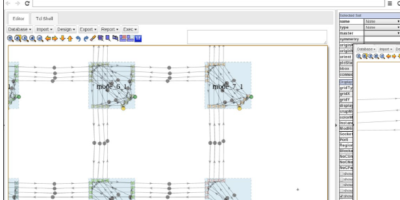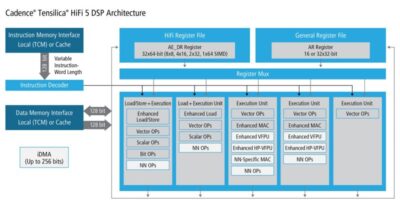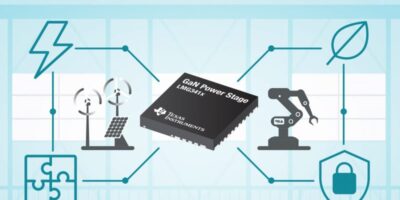Large on-chip memory and support for secure over the air (OTA) updating of electronic control unit (ECU) software lets vehicle manufacturers streamline maintenance using the latest addition, the SPC58NH92x microcontrollers, says STMicroelectronics.
The EVITA (e-safety vehicle intrusion protected applications) -compliant hardware security module keeps connected cars and occupants safe, says STMicro. Being EVITA Full compliant, it implements industry-leading attack prevention, detection, and containment techniques, adds the company.
As critical vehicle powertrain, body, chassis, and infotainment features increasingly become defined by software, securely delivering updates such as fixes and option packs OTA are cost-efficient and convenient. The SPC58 H has been added to the Chorus series of automotive microcontrollers. It has three high-performance processor cores, more than 1.2Mbyte RAM and powerful on-chip peripherals, and can run multiple applications concurrently to allow more flexible and cost-effective vehicle-electronics architectures.
Two independent Ethernet ports provide high-speed connectivity between multiple Chorus chips throughout the vehicle and enable responsive in-vehicle diagnostics, adds STMicro. There are also 16 CAN-FD and 24 LINFlex interfaces, enabling Chorus to act as a gateway for multiple ECUs and support smart gateway functionality via two Ethernet interfaces which are also on-chip.
To protect connected-car functionalities and allow OTA updates to be applied safely, the Chorus chip contains a hardware security module (HSM) which is capable of asymmetric cryptography.
The SPC58NH92x, has 10Mbyte on-chip flash and features a triple-core architecture clocking at 200Mhz equipped with more than 1.2Mbyte RAM, delivering up to 1763 CoreMark containing ST’s Power Architecture z4 core, which gives developers the flexibility to host multiple applications on one microcontroller, or to run multiple tasks concurrently. The device offers also ASIL-D safety capabilities.
The SPC58NH92x’s context-swap mechanism allows current application code to run continuously even while an update is downloaded and made ready to be applied later at a safe time. The older software can be retained, giving the option to roll-back to the previous version in an emergency. Hyperbus and eMMC/SDIO high-speed interfaces to off-chip memory are also integrated, enabling further storage expansion.
Configurable smart low-power modes enable the SPC58 microcontroller to perform critical functions even when in standby.






